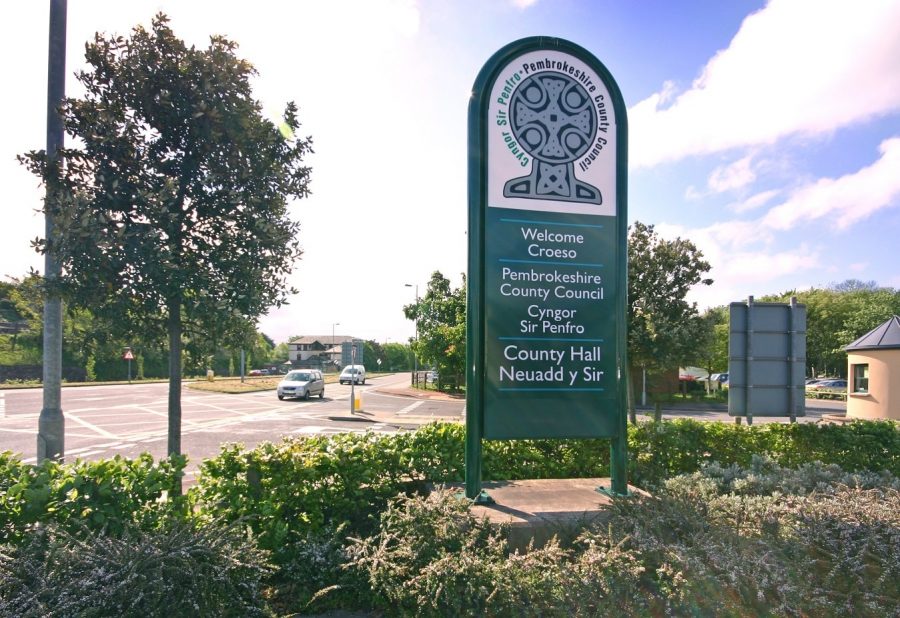A COUNCIL Tax premium on long-term empty properties in Pembrokeshire is to be introduced from 1 April.
The move comes two years after the County Council began levying a 50 per cent Council Tax premium on the County’s 4,000 second homes.
Pembrokeshire County Council believes the introduction of the two premiums will help increase the supply of housing.
The Authority decided in 2017 that a recommendation from a working party to levy a 25 per cent premium – in addition to the normal Council Tax rate – on properties unoccupied and unfurnished since 1 April, 2016, would come into force this year.
In succeeding years the premium will rise as the time the property has been empty increases so that by April, 2021, it will be 100 percent on properties empty for five years or more.
The Council estimates there are over 1,000 long-term empty properties in the County, some of which have remained empty for up to 10 years. Of these, 670 have been empty for between one and three years.
The Authority’s Cabinet Member for Finance, Bob Kilmister, said that property owners had been allowed a reasonable amount of time between the Council’s decision and its implementation in order to allow for the refurbishment of empty properties prior to occupation or to let or sell.
“Although the new premium will bring in extra revenue, this is not the overriding objective” Councillor Kilmister stressed.
“Indeed the monies will be ring-fenced for affordable housing and the Enhancing Pembrokeshire grant scheme which funds community projects.
“The aim is to revitalise communities by increasing the supply of housing.”
He went on: “We want to encourage owners to either sell or rent their properties and it is not designed to increase our revenues.
“Many of the properties concerned are empty residential units above retail premises.
“Increasing the number of residents living in town centres improves the chances of regeneration too but above all we want to increase the number of residential properties available for those in housing need.”
















